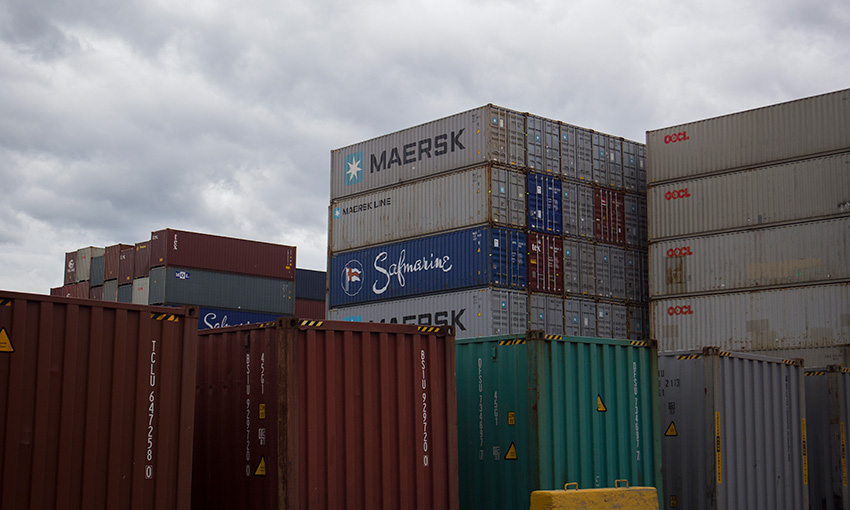CONGESTION at major global seaports spiked in the second half of 2020, with ships requiring the loading and unloading of more than 6000 containers per visit spending an average of over 83 hours in port, a rise of 20% year-on-year.
The data comes from a report by research firm HIS Markit Global, which also shows that port delays for ships doing smaller workloads were up between 7.8% and 9.5% depending on the call size.
Turloch Mooney, associate director at IHS Markit said ports in the United States were especially hard hit.
“Ports on the US west coast struggled to deal with volume surges in the aftermath of supply disruption due to the pandemic, bigger concentrations of cargo coming at once as well as equipment and labor shortages,” he said.
The San Pedro Bay ports of Los Angeles and Long Beach saw combined average in-port time for ships with workloads of more than 6000 moves rise to more than 170 hours in Q4 2020 from 112 hours in Q3 and 102 hours for similar workloads in Q4 2019.
The in-port time is calculated from arrival at port limits to departure from berth, excluding waiting time outside the port. The overall delays for ships are likely to be higher due to extended anchoring outside ports as ships waited for berths became available.
“The global congestion phenomenon also impacted major gateway ports in Europe and Asia, including some normally associated with very high levels of performance,” Mr Mooney said.
Qingdao port in the northeast of China, a global top ten container port by volume well known for high levels of comparative efficiency, saw average in-port time for ships with workloads of more than 6000 moves increase to over 50 hours in the second half of 2020, a year-on-year rise of more than 21%.
Ships with workloads of more than 6000 moves were in-port for an average of 45 hours in Singapore (+22% y/y) and for more than 92 hours at the UK’s major container gateway of Felixstowe (+34%).
“Restrictions imposed by COVID-19 saw a huge increase in port delays last year costing time and money for cargo owners, ship and terminal operators, increasing emissions and heavily disrupting supply chains,” Mr Mooney said.
“As the world trade is set to grow this year, it is important that ports operate as efficiently as possible as trading economies seek to get clear of the negative economic impact of the pandemic.”

